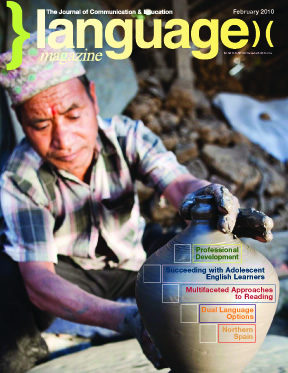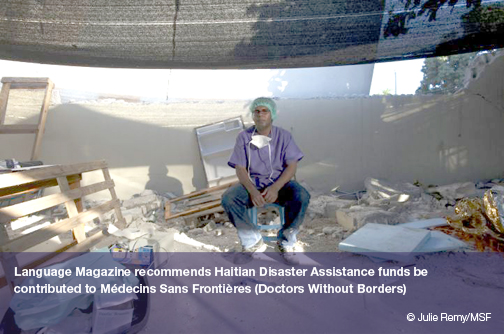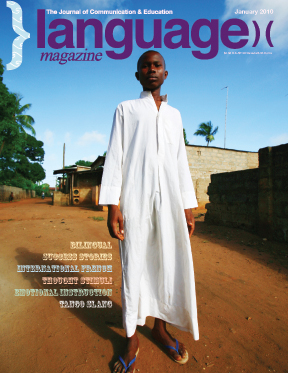 On the North coast of Africa with the Sinai Peninsula connecting it to Western Asia, Egypt has more than 82 million inhabitants. Known for its ancient monuments, such as the Giza Pyramids and the Great Sphinx, countless travelers visit Egypt each year to marvel at its history and culture. Whether students visit the ancient artifacts in Luxor, the Royal Library in Alexandria, or the bustling modern capital of Cairo, they will be guaranteed a full cultural Egyptian immersion experience.
On the North coast of Africa with the Sinai Peninsula connecting it to Western Asia, Egypt has more than 82 million inhabitants. Known for its ancient monuments, such as the Giza Pyramids and the Great Sphinx, countless travelers visit Egypt each year to marvel at its history and culture. Whether students visit the ancient artifacts in Luxor, the Royal Library in Alexandria, or the bustling modern capital of Cairo, they will be guaranteed a full cultural Egyptian immersion experience.
Following the Arab-Muslim conquest of Egypt in the 7th century AD, Egyptians slowly adopted the Arabic language. Today, Arabic is the official language of the country. The Egyptian Arabic dialect is spoken by 77 million people in Egypt, and is widely understood throughout the Arab world. Nearly all language schools in Egypt will offer courses in Modern Standard Arabic (MSA) and Egyptian Arabic. Students can usually choose one course of study or take a combination of both forms of Arabic.
With programs in Egypt, Morocco, Oman, and Jordan, AmeriSpan Study Abroad offers Modern Standard Arabic and Colloquial Arabic programs by the week, month or longer. Lodging at local hotels can be included in all locations while homestays are available at AmeriSpan’s three program locations in Morocco (Fez, Tetouan & Rabat). In Cairo, students are taught both MSA and Egyptian Colloquial Arabic, the most widely understood colloquial Arabic. In addition, Cairo offers special programs for Arabic teachers and journalists. The Amman, Jordan private instructional program can be tailored to all needs including Diplomatic Arabic. For those involved in banking, the petroleum industry or construction, Oman is a great place to learn Gulf Arabic. Finally, AmeriSpan offers a summer program for teenagers in Rabat, Morocco.
Located in one of the oldest and most exciting cities in the world, the American University in Cairo was founded 90 years ago to provide a U.S.-style liberal arts education to young Egyptians. The university’s Arabic Language Institute (ALI) offers a number of programs, including full-time intensive programs in the fall and spring semester, and an eight-week intensive summer program. The faculty teaches classes in Modern Standard Arabic, classical Arabic, and Colloquial Egyptian Arabic at the elementary, intermediate, and advanced levels. More than 500 students from 70 different countries study at the AUC each year, linking Egypt with the rest of the world through scholarly research, study-abroad programs, and partnerships with academic and research institutions.
Established in 1988, the Arabic Language Center in Cairo offers a wide range of courses, from beginners to expert, in single or group classes. The center offers courses in Modern Standard Arabic, Egyptian dialect, classical Arabic, Arabic journalism, and Islamic religion all taught in Arabic. Situated in a very quiet area in the Saudiya Buildings near the quarter of Heliopolis, the center guarantees students the right setting for study.
Also in Cairo, the Drayah Language Center seeks to give learners an overview of the customs and traditions of Egyptian culture through activities, such as cultural programs, conversation clubs, and entertaining field trips. Small classes enable the teachers to give students the individual attention they need. Drayah offers all levels of Arabic language courses focusing on speaking, listening, reading and writing with a special attention placed on pronunciation, oral communication, and the appropriate usage of the language. The school offers both Colloquial Egyptian Arabic and Modern Standard Arabic in individual or group settings. Other course options include Quranic Arabic, Islamic Studies taught in English, Arabic poetry, Arabic calligraphy classes, and Arabic for Business.
Fajr Center for Arabic Language in Cairo was founded in 1995 with the sole purpose of teaching standard Arabic to non-Arabic speakers. The Fajr Center offers group and private programs, as well as an intensive summer program and an intensive winter program. Not only can students take courses in Classical Standard Arabic and in “Ammeyah,” the Egyptian spoken dialect, but students can also take courses in Arabic phonetics, calligraphy, diplomatic relations, trade relations, and Arabic for Journalism and Mass Communication.
Qortoba Institute for Arabic Studies (QIAS) is situated in the heart of Alexandria, one of the most culturally vibrant and diverse cities of Egypt, within walking distance of the Mediterranean Sea, as well as local shops and restaurants. The institute specializes in teaching classical Arabic to students from non-Arabic speaking countries by solely utilizing the Arabic language in the classroom from day one.
Through both their on-site and distance-learning programs, QIAS is able to accommodate students globally. The institute offers both private and group classes. Female and male students are taught separately by teachers of the same gender, and group class sizes range from four to six students. In addition to regularly scheduled course periods, QIAS offers four annual, seasonal intensives and a scholarship program. Students also have the option of enrolling in Colloquial Egyptian Arabic as well as Quranic and Islamic Studies.


 With a population of about 34 million people, Morocco is known to be the crossroads between Africa and Europe. Here, visitors will see the lingering influences of the surrounding areas, which contribute to the diversity of cultural attractions that Morocco has to offer. Whether it is the medieval city of Fez, the sandy shores of Agadir, the bustling cosmopolitan of Casablanca, or the historical monuments of the capital Rabat, students will be overwhelmed by the richesse of Moroccan culture.
With a population of about 34 million people, Morocco is known to be the crossroads between Africa and Europe. Here, visitors will see the lingering influences of the surrounding areas, which contribute to the diversity of cultural attractions that Morocco has to offer. Whether it is the medieval city of Fez, the sandy shores of Agadir, the bustling cosmopolitan of Casablanca, or the historical monuments of the capital Rabat, students will be overwhelmed by the richesse of Moroccan culture. On the North coast of Africa with the Sinai Peninsula connecting it to Western Asia, Egypt has more than 82 million inhabitants. Known for its ancient monuments, such as the Giza Pyramids and the Great Sphinx, countless travelers visit Egypt each year to marvel at its history and culture. Whether students visit the ancient artifacts in Luxor, the Royal Library in Alexandria, or the bustling modern capital of Cairo, they will be guaranteed a full cultural Egyptian immersion experience.
On the North coast of Africa with the Sinai Peninsula connecting it to Western Asia, Egypt has more than 82 million inhabitants. Known for its ancient monuments, such as the Giza Pyramids and the Great Sphinx, countless travelers visit Egypt each year to marvel at its history and culture. Whether students visit the ancient artifacts in Luxor, the Royal Library in Alexandria, or the bustling modern capital of Cairo, they will be guaranteed a full cultural Egyptian immersion experience.



